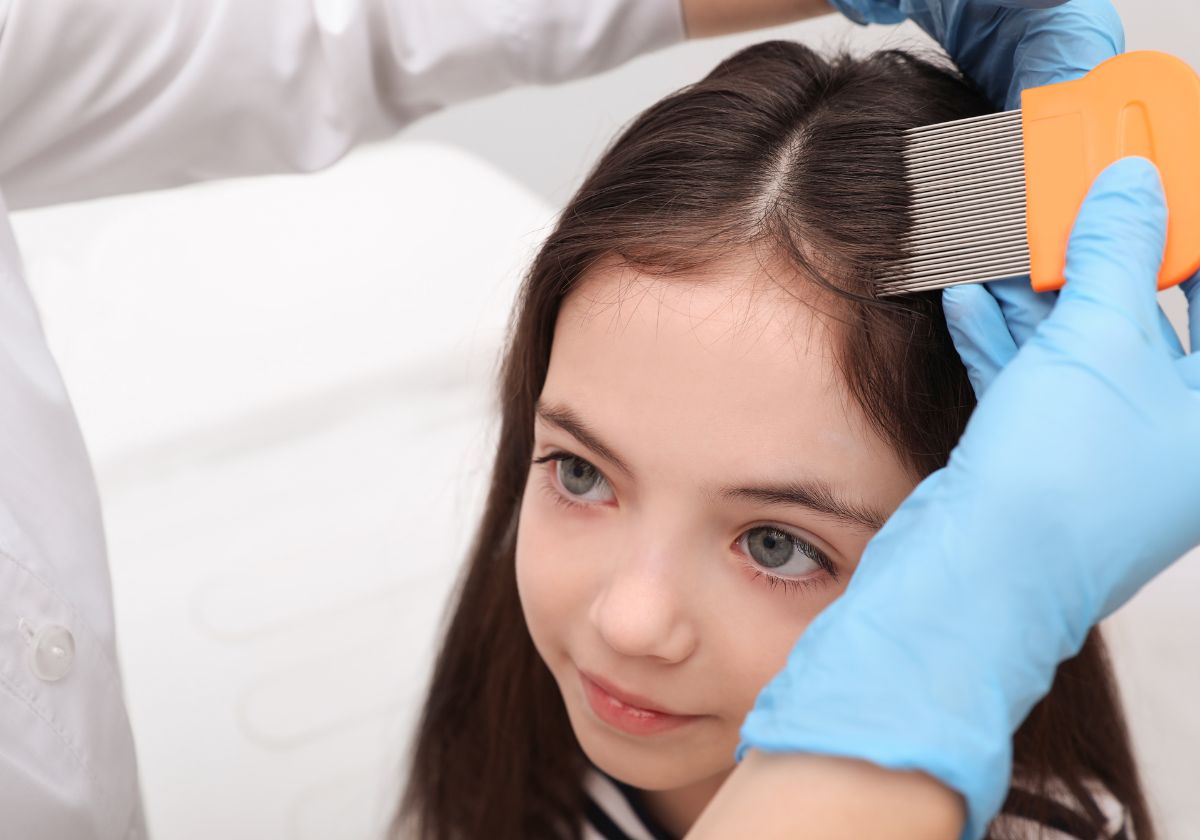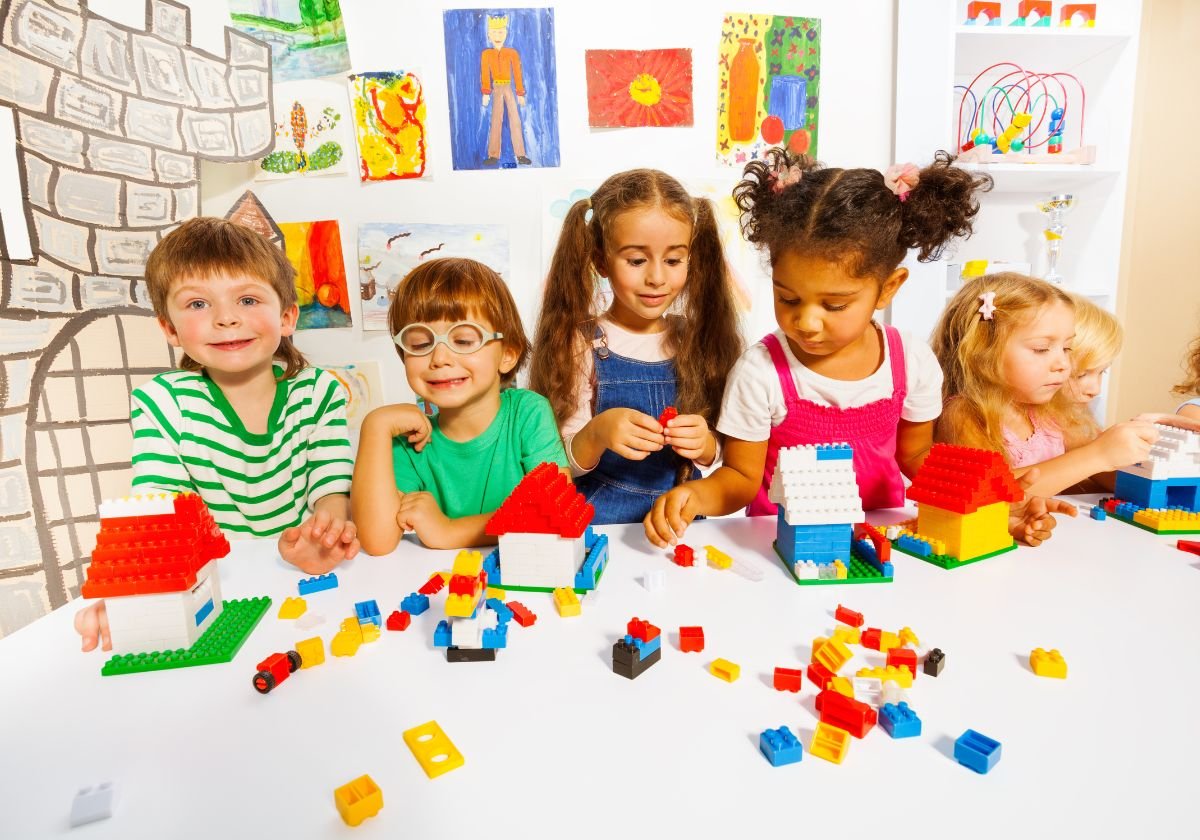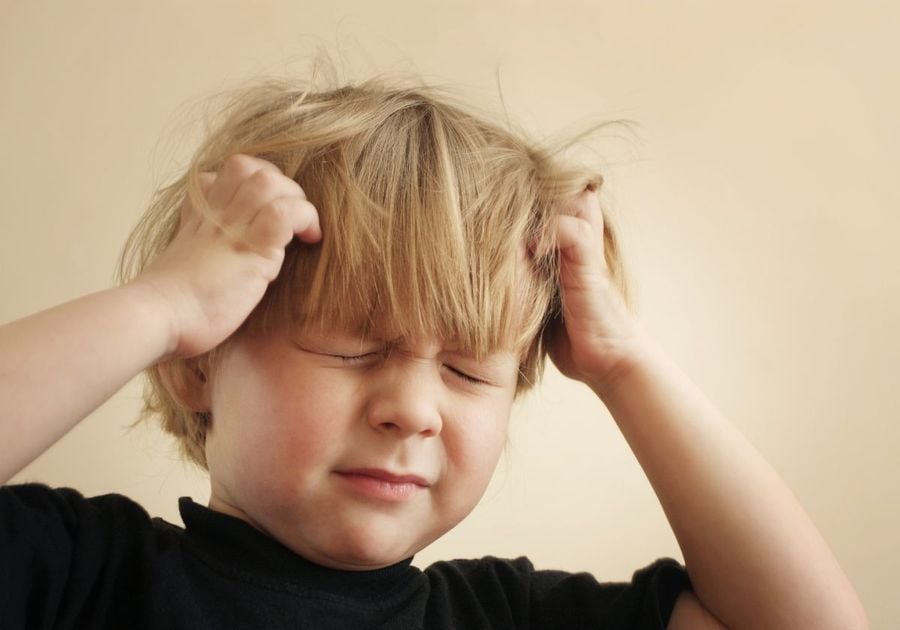School is back in session and while I, like many of us parents, am thankful for the return to routine, the reunification of friends, and the activities that come with it, somewhere in the back of my mind is a mom who is just waiting for one of those dread notifications from the school.
'A case of head lice has been reported in your child’s classroom.' Is it my child? Or maybe the friend who loaned your kid a hat the other day at the park? What do I need to do now?
Head lice are tiny but the concern & nuisance they bring can be HUGE for families. Here's what parents should know:
What Are Head Lice?
- Head lice are tiny, wingless insects that live on the scalp, feeding on human blood. They are about the size of a sesame seed and can be white, brown, or dark gray.
- Nits are the eggs of lice. They are tiny, oval-shaped, and usually appear white or yellowish. Nits attach firmly to the hair shaft close to the scalp.
How Do Lice They Spread?
- Lice typically spread through direct head-to-head contact. They do not jump or fly.
- Sharing personal items like hats, combs, brushes, or bedding can also spread lice, but this is less common.
What are the Symptoms of Head Lice?
- Itching: The most common symptom is itching on the scalp, neck, and ears. This itchy feeling is caused by an allergic reaction to the bites.
- Tickling feeling: Some people feel something moving in their hair.
- Sores on the scalp: Scratching can lead to sores, which might become infected.
How do you Check for Lice?
- Visual Inspection: Part the hair and look at the scalp under bright light. Lice like to settle on the nape of the neck and behind the ears, so its good to check these areas closely.
- Use a Fine-Toothed Comb: Comb through small sections of wet hair to help spot lice or nits.
How do you Treat Head Lice?
- Over-the-Counter (OTC) Products: Shampoos, lotions, and creams containing permethrin or pyrethrin are commonly used to kill lice. Follow instructions carefully. If these products, easily found at grocery or drug stores, do not work a prescriptons strength treatment may be needed from your doctor.
- Nit Removal Kit: After applying the treatment, use a fine-toothed comb to remove as many nits as possible. It is suggested that you comb and check closely for 2 weeks.
 |
Prevention Tips
- Teach children to avoid head-to-head contact during play and sports.
- Keep longer hair styled in a ponytail, braids, bun, etc to help prevent the spread.
- Discourage sharing personal items like hats, scarves, and hair accessories.
- Regularly check your child’s hair, especially after a known outbreak at school.]
- Some suggest spraying a mixture of water & oil to make your hair an unwelcome spot for lice or nits. Rosemary, Tea Tree, Peppermint, and Lavender are some of the most frequently recommended oils.
- Use a vinegar rinse between the shampoo & conditioner steps. The acidity of the vinegar may make it harder for lice to attach.
How to deal with an Infestation
- Notify: Please let your child’s school or daycare know, so other parents can check their children. Also, any friends you frequently see.
- Clean Personal Items: Wash hats, bedding, and clothes that were worn during the infestation in hot water, and dry them on high heat.
- Vacuum: Vacuum floors and furniture to remove any stray lice or hairs with nits.
Common Misconceptions
- Lice Don’t Discriminate: Anyone can get head lice, regardless of how often you bathe, wash your hair or where you live
- Lice Prefer Clean Hair: They don’t necessarily prefer clean or dirty hair; they just need hair to cling to.
- The Family Pet Will Need Treatment: Rest easy - head lice are species specific - dogs(or cats, etc) cannot catch human head lice and do not need special treatment
- Our Furniture Will Need to be Treated: not necessarily! It is a good idea to vacuum the furniture the first day or so after an occurrence, but no additional treatment is required. Head lice need to feed to exist and after a day or two any lice that are on your furniture will die.
Understanding these basics can help parents manage and prevent head lice effectively.
 |



